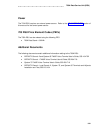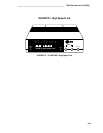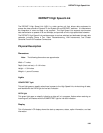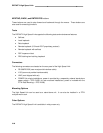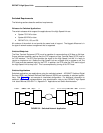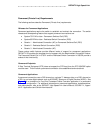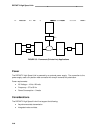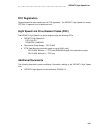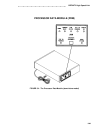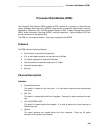
DEFINITY High Speed Link
Switched Requirements
The following sections describe switched requirements.
Releases for Switched Applications
The switch releases which support the applications of the High Speed Link are:
System 75 R1V2 or later
System 85 R2V3 or later
DEFINITY G1, G2, and G3
All versions of the switch do not provide the same level of support. The biggest difference is in
the type of network access arrangement that is supported.
Switched Endpoints
The Data Terminal Equipment (DTE) must be capable of communicating at 56 kbps or 64 kbps.
Proper switched operation requires that the DTE supports a Data Terminal Ready (DTR) lead on
its V.35 interface. The DTR lead provides the signal to the High Speed Link that it is ready to
receive or originate a call. Before the High Speed Link can originate (dial) or answer a call, the
DTR lead must be asserted (high) by the DTE. In addition, the DTE uses the DTR lead to signal
the High Speed Link to drop a call. This is accomplished by turning off its DTR lead.
Switched Applications
Switched applications are applications using the switched network. ACCUNET Switched Digital
Services (SDS) and Software Defined Data Network (SDDN) are examples of switched applica-
tions. See Figure 2 for an example of a switched configuration. For additional information on
switched applications, implementations, and administration, refer to the
DEFINITY High Speed
Link User’s Manual
, 555-020-711, Appendix D: Applications and Switch Administration.
RS-366 VideoV .35HSL DCP HSLDCP RS-366V.35RS-366 V.35HSLDCPHSL DCPRS-366 V.35V ideoDEFINITY G1 DEFINITY G2SwitchedNetwork
FIGURE 5-2. Switched Network Application
5-58




